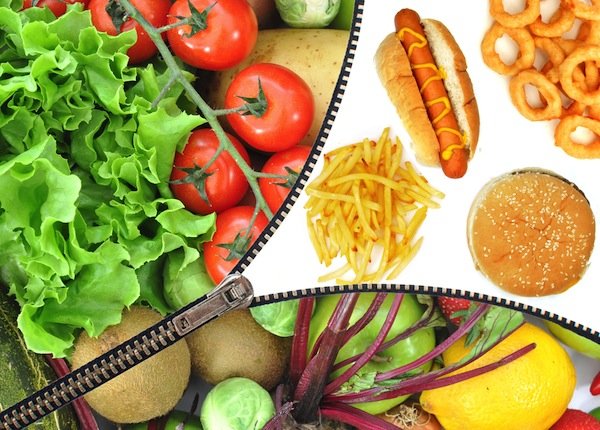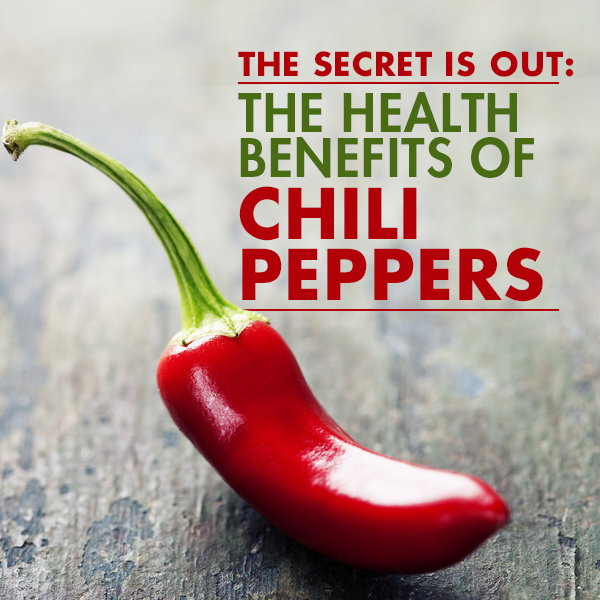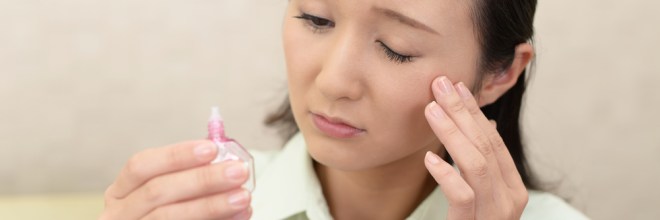Diet Improves, But Rich/Poor Gap Widens


By Shereen Lehman
Reuters Health
A new study of Americans\’ diet regime finds that individuals are going for healthier foods much less on the unhealthy ones, overall, and eating of trans fats has plummeted for a decade.
But scores for diet quality largely improved among more educated and well-off Americans, producing a gap between rich and poor that was wider this year in comparison with 1999.
\”That increasing gap is a very big concern because doing so translates straight to struggling with cardiovascular disease, diabetes, cancers and even longevity, so it’s a beautiful serious concern,\” Dr. Walter Willett told Reuters Health within a email.
Willett is chair of the nutrition department within the Harvard School of Public Health in Boston and senior author on the new study.
\”It’s section of a much bigger picture of a lot of trends pointed in the wrong direction with income and in addition increasing gaps in mortality we notice, and also the nutrition part is definitely a important item of that picture,\” he explained.
Willett\’s team, whose findings are published in JAMA Internal Medicine, used information from almost 30,000 adults within the annual National Nutrition and health Examination Survey from 1999 through 2010.
They factored in age, race, education and economic status and scored human eye people\’s diets reported by an alternative Healthy Eating Index (AHEI) dependant on established links between specific foods and disease.
Healthy foods like nuts, vegetables, fruits and fish, which can be connected to lower rates of coronary disease, cancer together with other illnesses, get high scores for the AHEI. Conversely, fast foods, animal fats and excessive alcohol, which are all linked with higher disease risks, get lower AHEI scores. The best AHEI score is 110, as well as in general, the greater the score, the higher quality an individual\’s diet.
When the analysis team investigated the decade-long study period overall, they found the normal American AHEI diet quality score increased from 39.9 while in the 1999-2000 survey to 46.8 in 2009-2010.
Lower intake of trans fat included more than half with the score increase. Other resources for improvement over time included less eating of sugar-sweetened beverages and veggie juice.
But rising sodium consumption dropped the nation\’s score by most of a place.
Despite the general improvement, the authors found out that scores for vegetable, fruit, cereals, nuts and legumes, omega-3 fats and moderate consumption of alcohol were too low.
And every time they looked over diets by socioeconomic status, case study team found out that more affluent Americans and people with college degrees had the biggest scores and also the largest improvements. Subsequently, the distance between rich and poor in diet scores almost doubled from three.9 suggests 7.8 points within the length of the study.
Other disparities also emerged, including that females generally had higher AHEI scores than men, and Mexican-Americans had higher scores than non-Hispanic whites and blacks. The study suggested that both culture and entry to sensibly likely play a role in the differences among groups.
\”Good news is that often we could celebrate that diet quality is improving overall. Not so great could be that the diet disparity is increasing,\” Dr. Takehiro Sugiyama told Reuters Health in the email.
Sugiyama is to use the National Center for Global Health insurance and Medicine in Tokyo, Japan, and co-authored a commentary over the study from the same issue of the journal.
\”Individual efforts to raise diet quality needs to be encouraged, but we must always not rely solely on individuals\’ responsibilities,\” he said.
Sugiyama suggests restricting Supplemental Nutrition Assistance Program (SNAP) benefits, formerly often called food stamps, to more healthful foods and providing healthful foods to students and residents in underserved areas.
\”I think it’s crucial that you look in the critical way on the SNAP, or food stamp, program because were spending almost $80 billion dollars each and every year over the program so there’s a ton of money being spent, but it’s mostly being invested on soda and junk food,\” Willett said.
Willett added that SNAP is essential because many low-income families wouldn\’t get enough you can eat without them.
\”But we should be generating a program that solves other concerns like obesity, diabetes, and heart problems concurrently it’s providing people with enough to enjoy,\” he said.
For individuals interested in their health and well-being, Willett suggests an easy diet review.
\”There are a few simple points, basically just a little checklist you could undergo to come up with places that you could improve dietary quality,\” he said.
Willett said those points include far more fruits and veggies, choosing more grain much less refined grains, consuming less beef and much less sugar-sweetened beverages and using healthy vegetable oils where possible rather than butter and also other hard fats. Attractive suggests consuming less salt and avoiding trans fats.
\”I think experiencing so simple little list can be a reminder to find possible ways to improve diet quality,\” he explained. \”And for just about any mainly because it can really develop a massive difference in perils associated with diabetes, cardiovascular illnesses, some cancers and longevity.\”
SOURCES: http://bit.ly/1rLzA5M and http://bit.ly/1poUWy4 JAMA Internal Medicine, online September 1, 2014.










